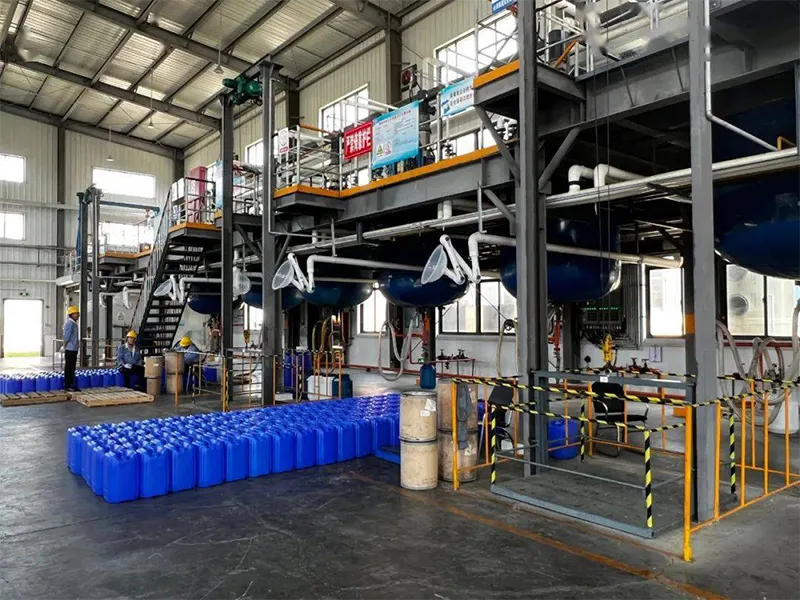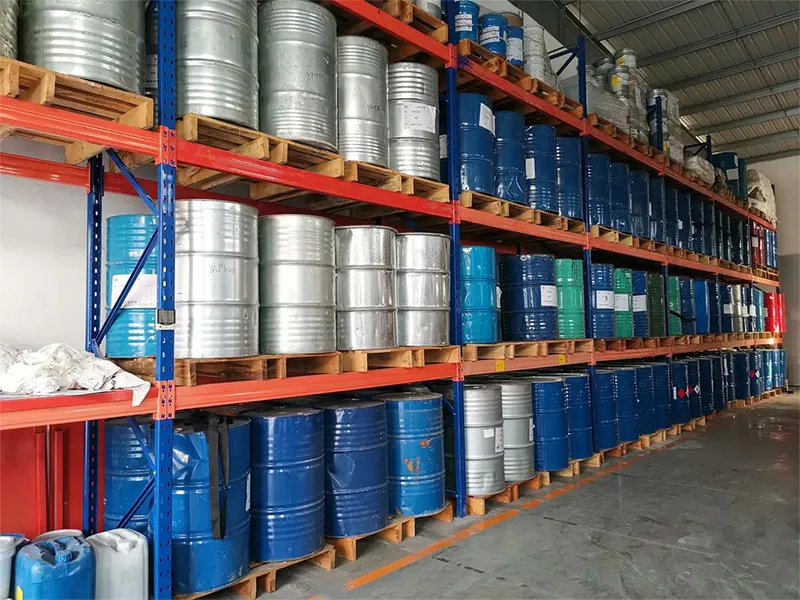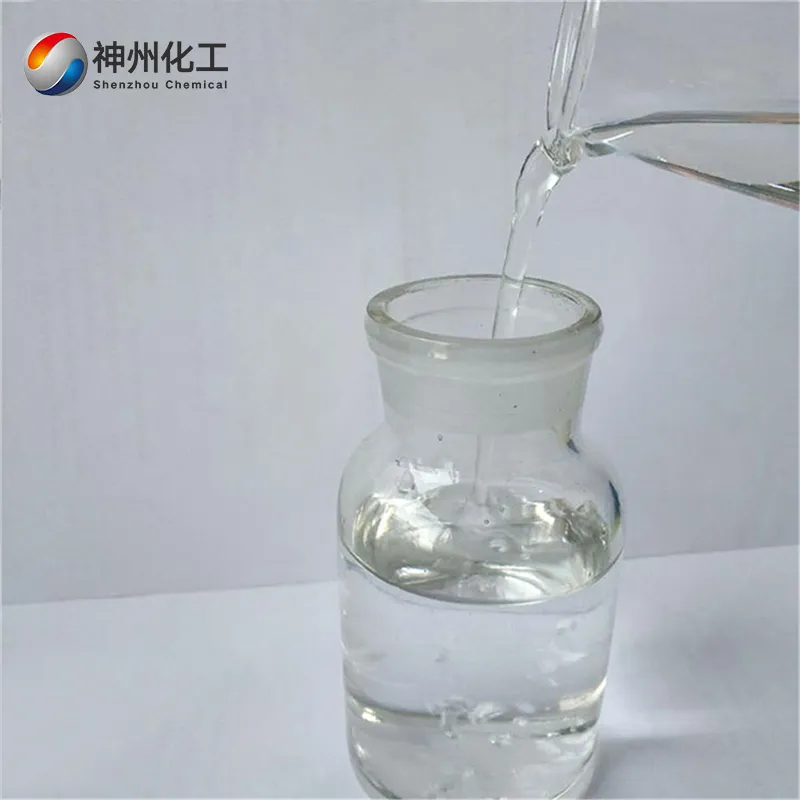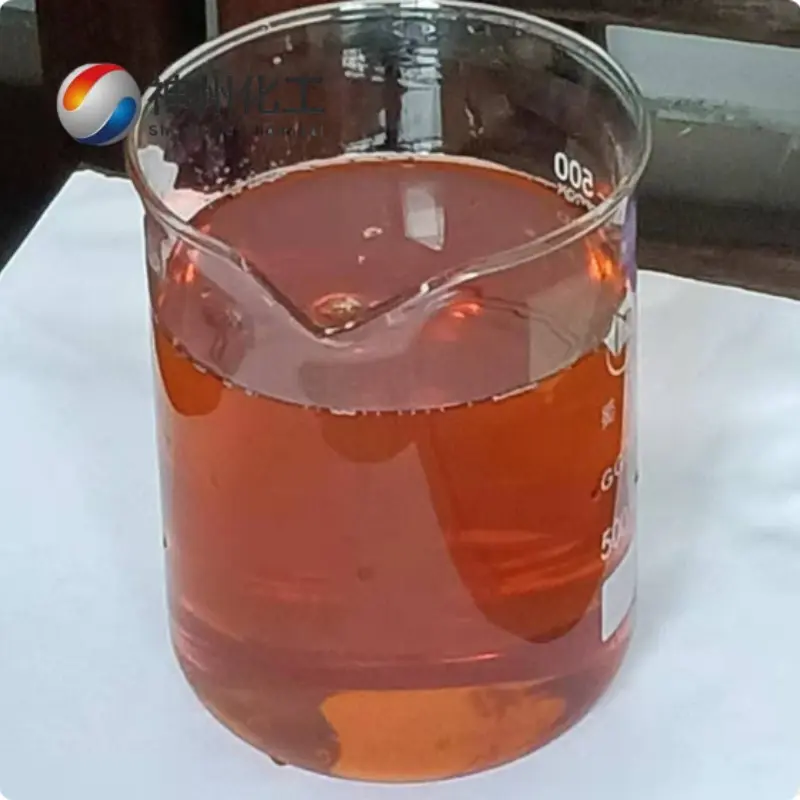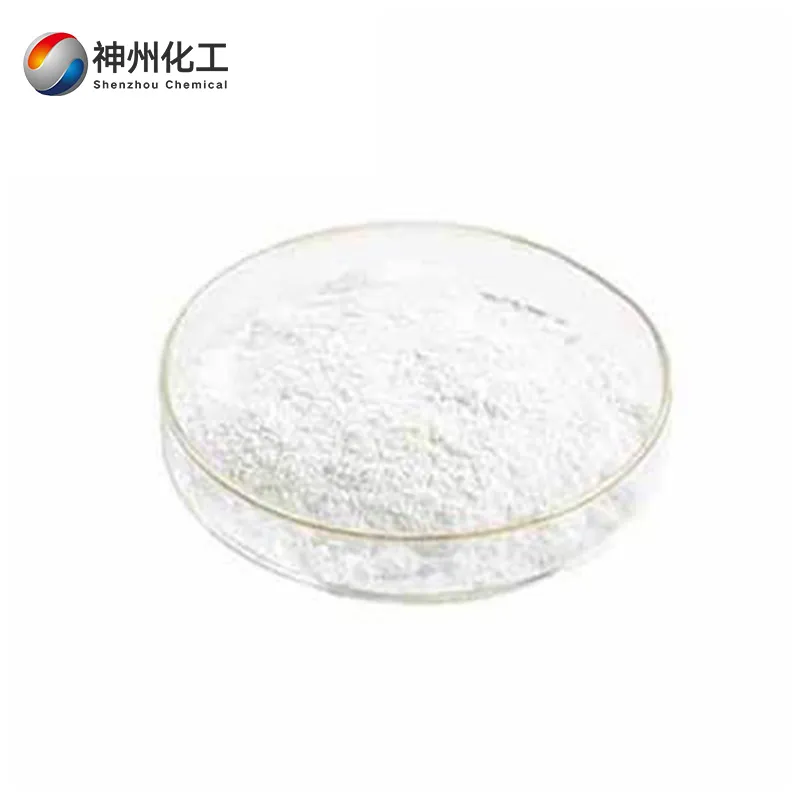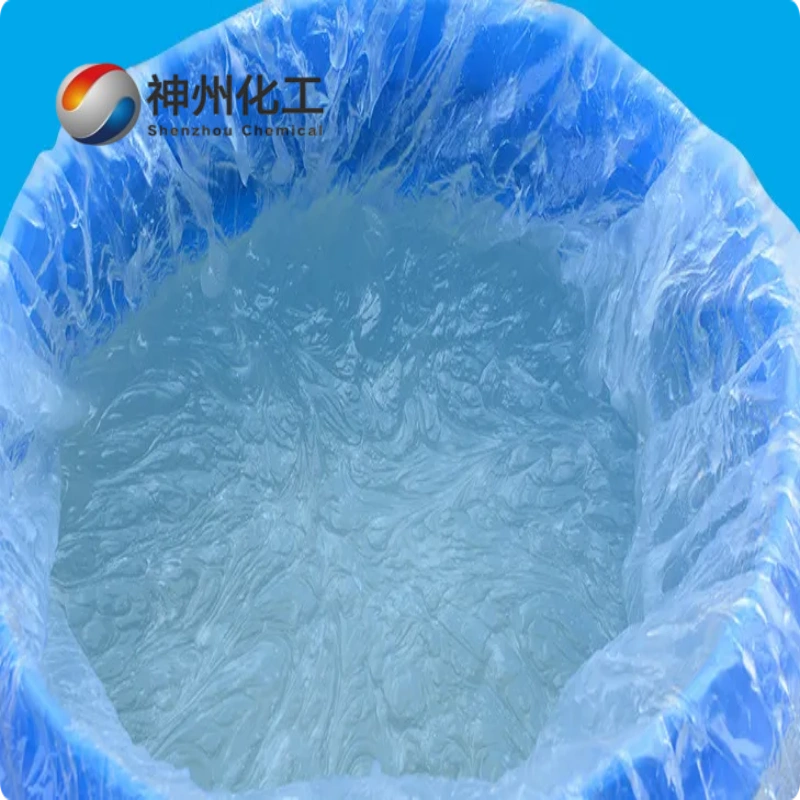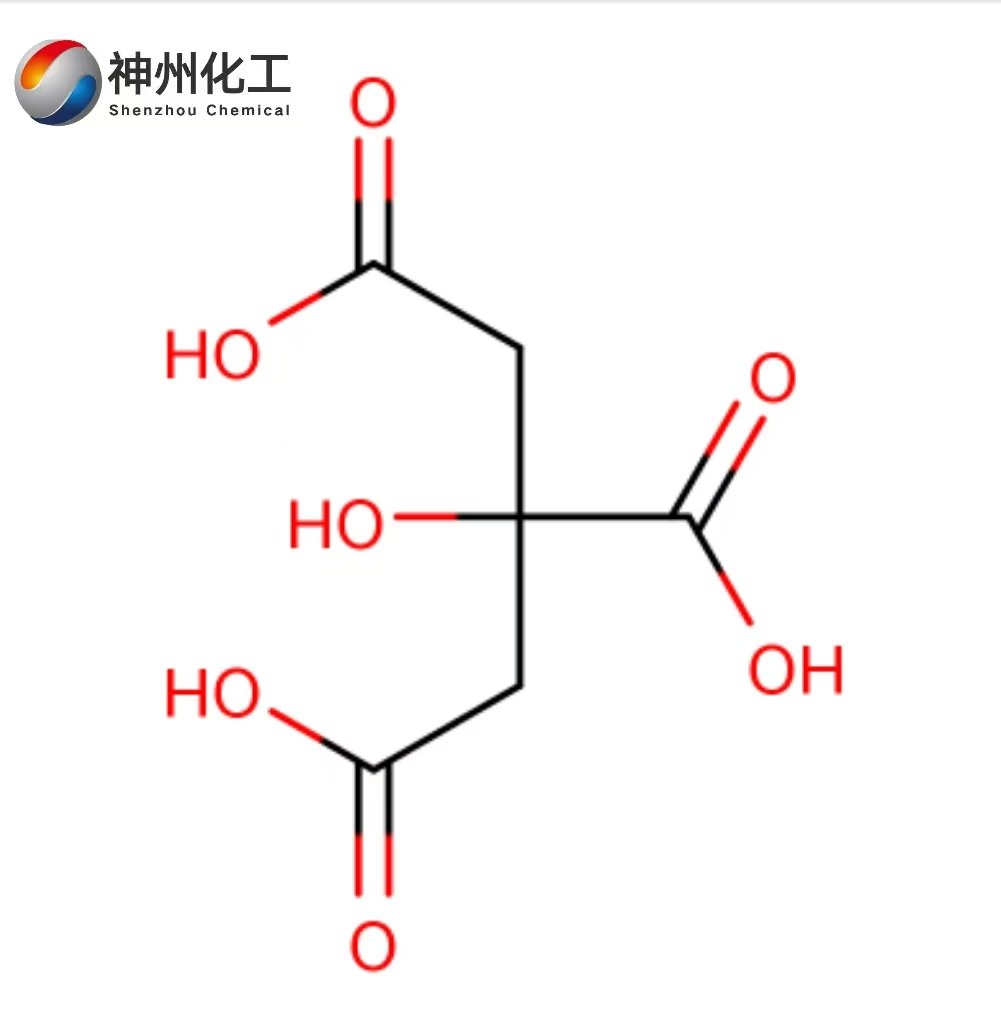Butyl Acetate 123-86-4
Have Any Questions?
Let our vertically integrated solutions – from Chinese manufacturing hubs to your local warehouse – become your competitive advantage.
- +86 13376344351
Leave Your Message
Butyl Acetate 123-86-4
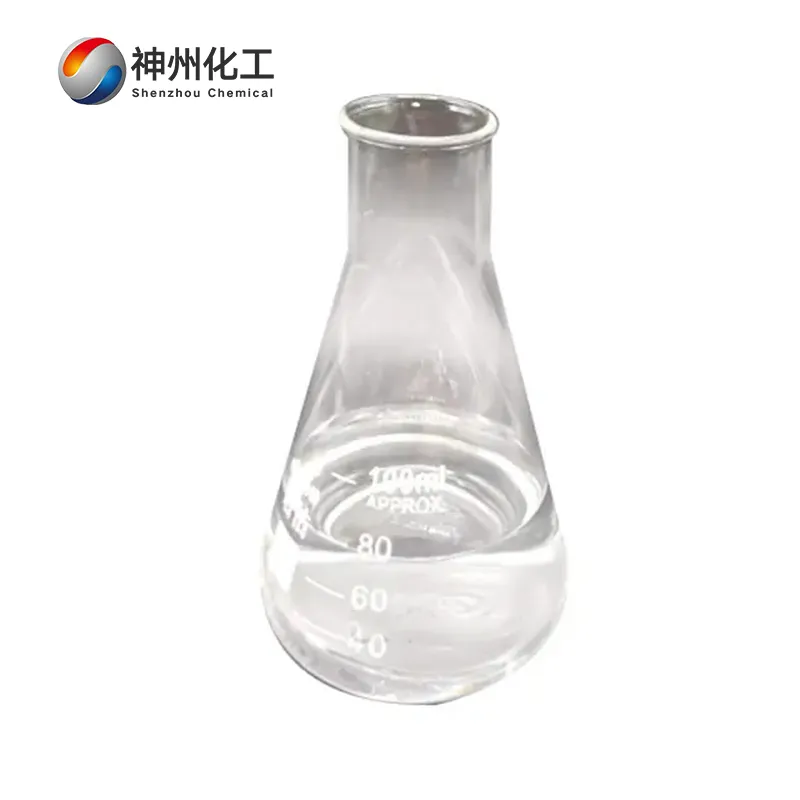
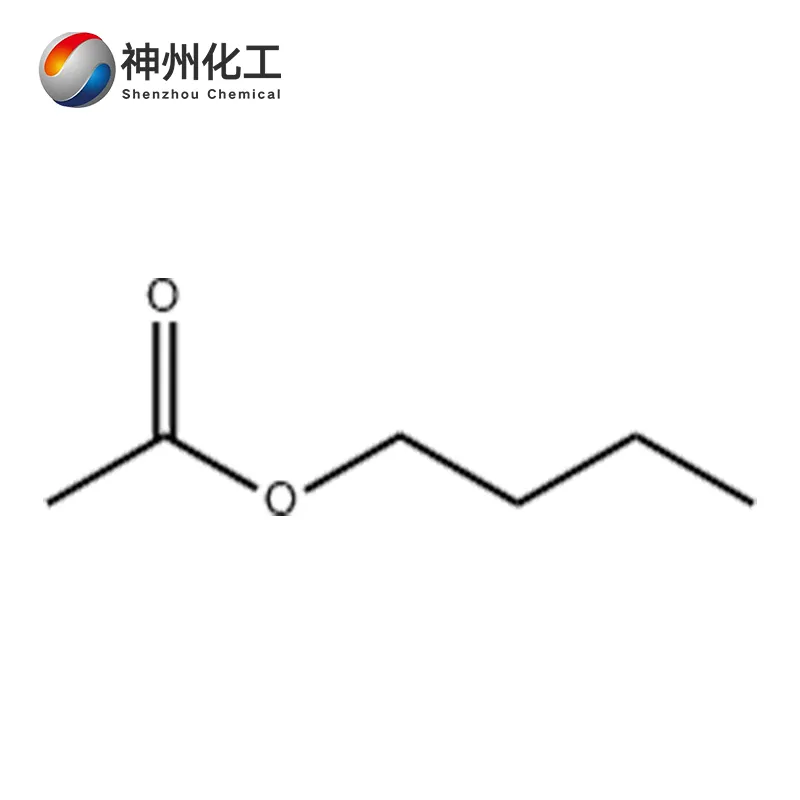
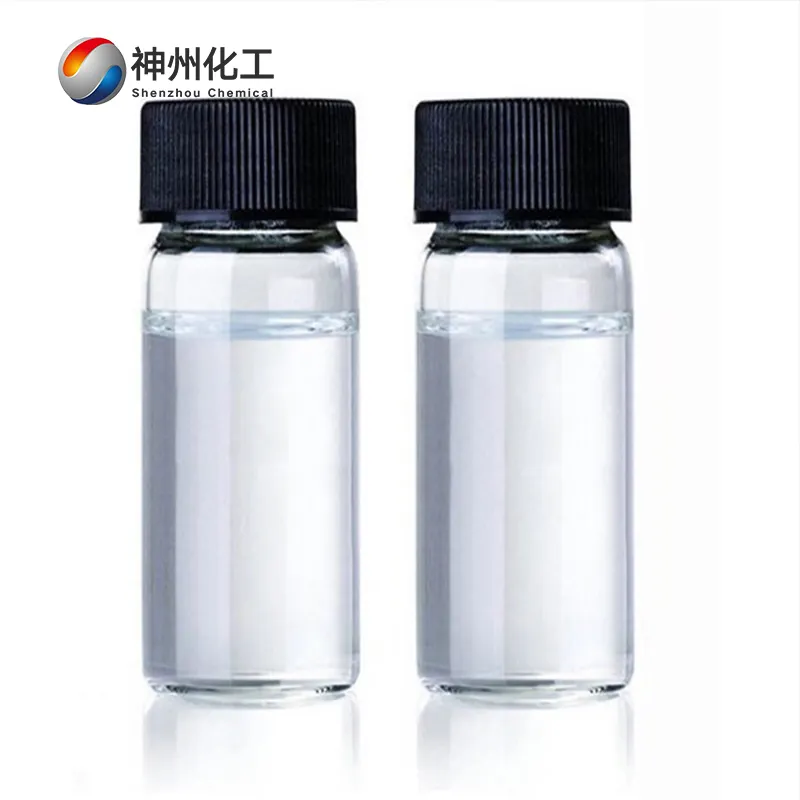
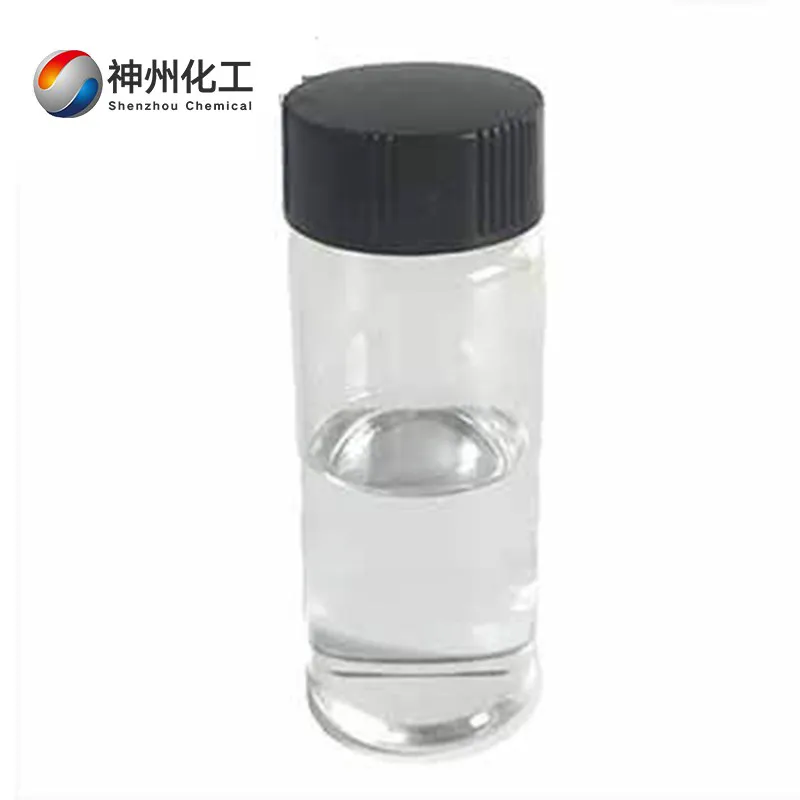
- Chemical Name:Butyl Acetate 123-86-4
- CAS No.:123-86-4
- Product Categories:Flavors And Fragrances
- Molecular Formula:C6H12O2
- Formula Weight:116.16
- Appearance:colorless liquid
- Storage and transportation characteristics: low temperature, ventilation, dryness, waterproof, moisture-proof
- Type Of Transportation:By Air/By Sea/By Train/By Express
- Type Of Transportation:Available
- Chemical Name:Butyl Acetate 123-86-4
- CAS No.:123-86-4
- Product Categories:Flavors And Fragrances
- Molecular Formula:C6H12O2
- Formula Weight:116.16
- Appearance:colorless liquid
- Storage and transportation characteristics: low temperature, ventilation, dryness, waterproof, moisture-proof
- Type Of Transportation:By Air/By Sea/By Train/By Express
- Type Of Transportation:Available




Product Description Of Butyl Acetate 123-86-4
Introduction
Butyl Acetate 123-86-4 is a synthetic fragrance belonging to the carboxylic acid ester class, also known as butyl acetate. It is a colorless, transparent liquid with a strong fruity aroma. It is miscible with ethanol and ether in any proportion, soluble in most organic solvents, slightly soluble in water, with a solubility of 0.05 g in water.
Its vapor has a mild anesthetic effect, with an allowable concentration in air of 0.2 g/L. This compound has a strong fruity aroma, and when diluted, it emits a pleasant pineapple- or banana-like fragrance, though it has extremely poor persistence. It naturally occurs in many vegetables, fruits, and berries.
Butyl Acetate 123-86-4 is rarely used in cosmetic fragrances but is primarily employed in food fragrance formulations. Butyl acetate has four isomers: n-butyl acetate, isobutyl acetate, sec-butyl acetate, and tert-butyl acetate, all of which exist in nature. The most important among them are n-butyl acetate and isobutyl acetate.
N-butyl acetate is a colorless, transparent liquid. It has a fruity aroma, with a spicy taste followed by sweetness. It is highly volatile and flammable. It is naturally found in apples, bananas, cherries, grapes, peaches, plums, pears, tomatoes, and cocoa beans.
Physical and chemical properties
The relative molecular mass of butyl acetate Butyl Acetate 123-86-4 is 111.16. Its relative density is 0.8825. Its melting point is -77.9°C. Its boiling point is 126.5°C. Its flash point is 22°C (closed cup) and 38°C. Its refractive index is 1.3951.
Its viscosity is 0.732 mPa·s at 20°C. Its vapor pressure is 1.160 × 10³ Pa at 20°C. It spontaneously ignites in air at 450°C. Slightly soluble in water (0.5 g soluble in 100 ml of water at 25°C), soluble in most common organic solvents, and miscible with ethanol and ether.
Forms an azeotropic mixture with water, with an azeotropic point of 92.0°C, at which the product content is 71.3%. Vapors form explosive mixtures with air.
Chemical Properties Of Butyl Acetate 123-86-4
| Melting point | -78°C (lit.) |
| Boiling point | 124-126°C (lit.) |
| Density | 0.88 g/mL at 25 °C (lit.) |
| Vapor density | 4 (vs air) |
| Vapor pressure | 15 mm Hg (25 °C) |
| Refractive index | n20/D 1.394(lit.) |
| FEMA | 2174 | BUTYL ACETATE |
| Flash point | 74 °F |
| Storage conditions | Store at +5°C to +30°℃. |
| Solubility | 5.3g/l |
| Form | 液体 |
| Specific gravity | 0.883 (20/20℃) |
| Color | <10(APHA) |
| Odor | 低浓度时是宜人的果味。 |
| pH value | 6.2 (5.3g/l, H2O, 20°℃)(External MSDS) |
| Explosive limit | 1.4-7.5%(V) |
| Odor threshold | 0.016ppm |
| Fragrance type | ethereal |
| Biological origin | synthetic |
| Water solubility | 0.7 g/100 mL (20 °C) |
| Freezing point | -77.9℃ |
| Maximum wavelength (in max) | λ: 254 nm Amax: 1.0 λ: 260 nm Amax: 0.20 λ: 275 nm Amax: 0.04 λ: 300 nm Amax: 0.02 λ: 320-400 nm Amax: 0.01 |
| JECFA Number | 127 |
| Merck | 141,535 |
| BRN | 1741921 |
| Henry’s Law Constant | 5.79 at 37 °C (static headspace-GC, van Ruth et al., 2001) |
| Exposure limit | TLV-TWA 150 ppm (-710 mg/m3) (ACGIH, MSHA, and OSHA); TLV-STEL 200 ppm (~950 mg/m3); IDLH 10, 000 ppm (NIOSH). |
| Dielectric constant | 5.0 (20°℃) |
| Stability | Stable. Flammable. Incompatible with strong oxidizers, strong acids, and strong alkalis. |
| InChlKey | DKPFZGUDAPQIHT-UHFFFAOYSA-N |
| LogP | 1.82-2.3 at 25℃ |
| Surface tension | 24.85mN/m at 298.15K |
| CAS Database | 123-86-4(CAS DataBase Reference) |
| NIST Chemical Substance Information | Acetic acid, butyl ester(123-86-4) |
| EPA Chemical Substance Information | n-Butyl acetate (123-86-4) |
Application of Butyl Acetate 123-86-4
Applications
Butyl Acetate 123-86-4 is a fragrance ingredient used in the formulation of fruit-scented essences such as banana, pineapple, apricot, peach, and strawberry, and is used in food products. It is listed as an edible fragrance permitted for use in China according to GB2760Chemicalbook—1996. It also serves as a solvent for natural rubber, synthetic resins, nitrocellulose, artificial leather, photographic film bases, plastics, fragrances, and pharmaceuticals.
Butyl Acetate 123-86-4 is an excellent organic solvent, widely used in nitrocellulose lacquer, as a solvent in the processing of artificial leather, textiles, and plastics, and also in the fragrance industry.
GB 2760-96 specifies it as an edible fragrance permitted for use. As a fragrance, it is extensively used in the formulation of banana, pear, pineapple, apricot, peach, strawberry, and berry-type fragrances. It can also be used as a solvent for natural rubber and synthetic resins.
Occasionally used in fruit-scented fragrances, it is primarily valued for its good diffusion properties and is more suitable for use as a top note fragrance. However, its usage should be kept minimal to avoid it standing out alone and affecting the overall effect. It can be used in large quantities in edible flavorings such as apricot, banana, peach, raw pear, pineapple, raspberry, and strawberry.
It is an excellent organic solvent, exhibiting good solubility for substances such as butyl acetate cellulose, ethyl cellulose, chlorinated rubber, polystyrene, methyl acrylate resin, and many natural resins such as tannin gum, Manila gum, and dammar resin. It is widely used in nitrocellulose varnish, as a solvent in the processing of artificial leather, textiles, and plastics, as an extractant in various petroleum processing and pharmaceutical processes, and in the formulation of fragrances and flavorings for apricots, bananas, pears, pineapples, and other aromatic agents.
Used in collodion, nitrocellulose, varnish, artificial leather, pharmaceuticals, plastics, and the fragrance industry. It is an excellent organic solvent capable of dissolving rosin, polyvinyl acetate, polyacrylate, polyvinyl chloride, chlorinated rubber, eucommia gum, and polymethyl methacrylate.
Used as an analytical reagent, chromatographic analysis standard material, and solvent.
Packaging Method of Butyl Acetate 123-86-4
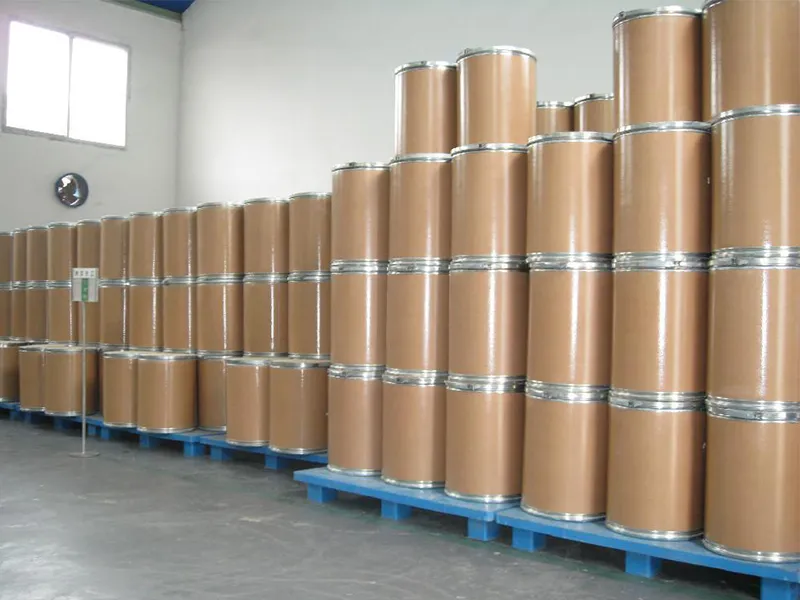
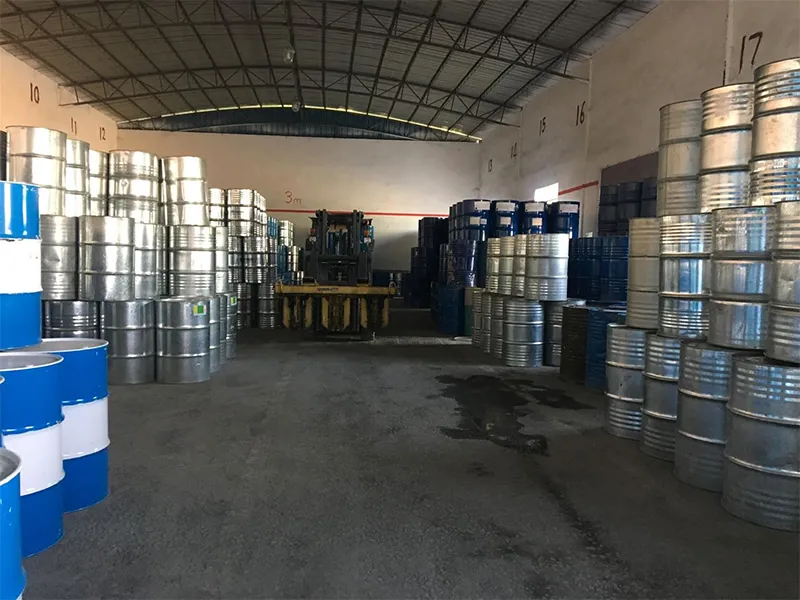
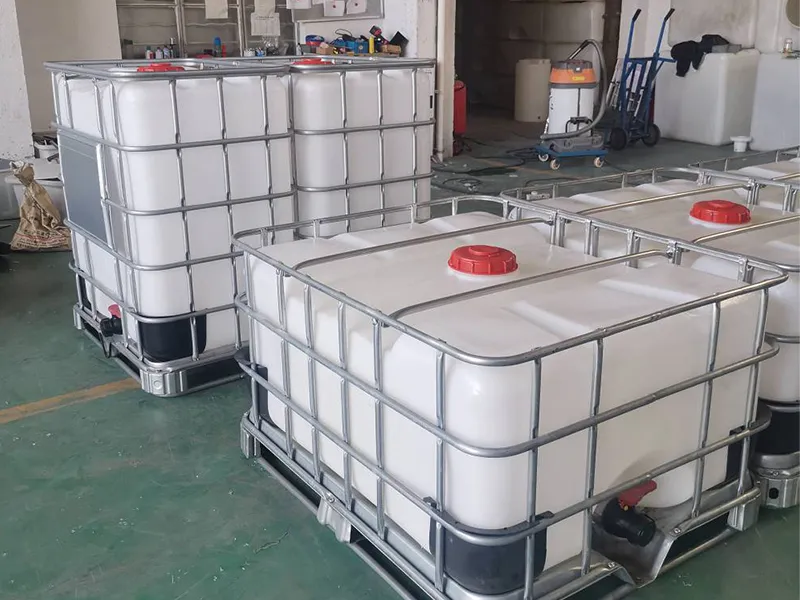

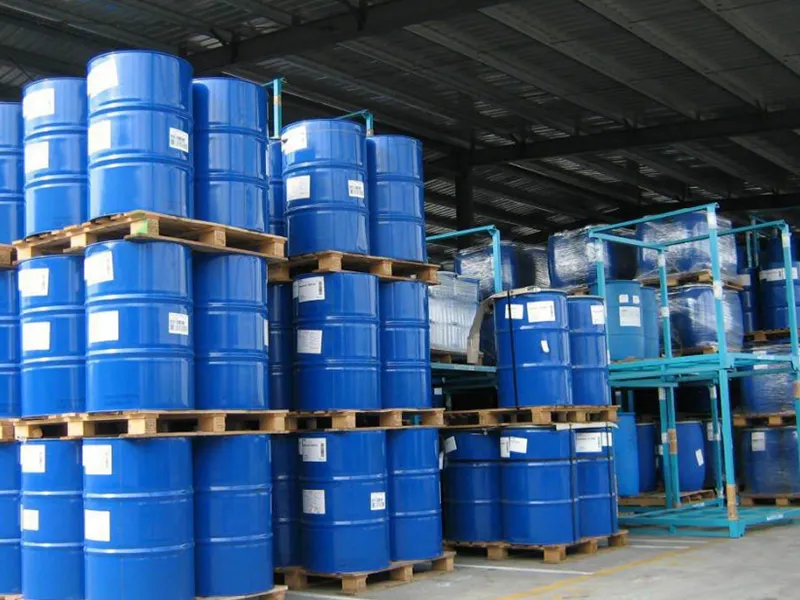
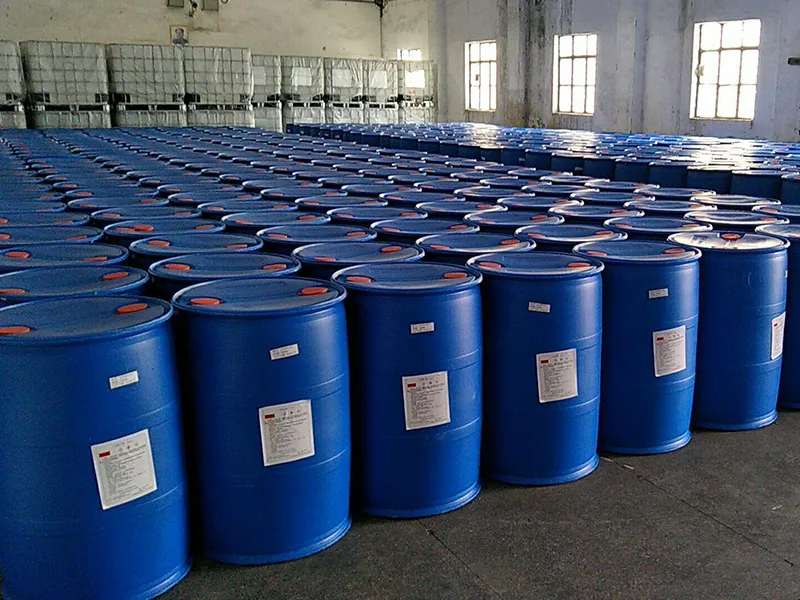
Factory Show

